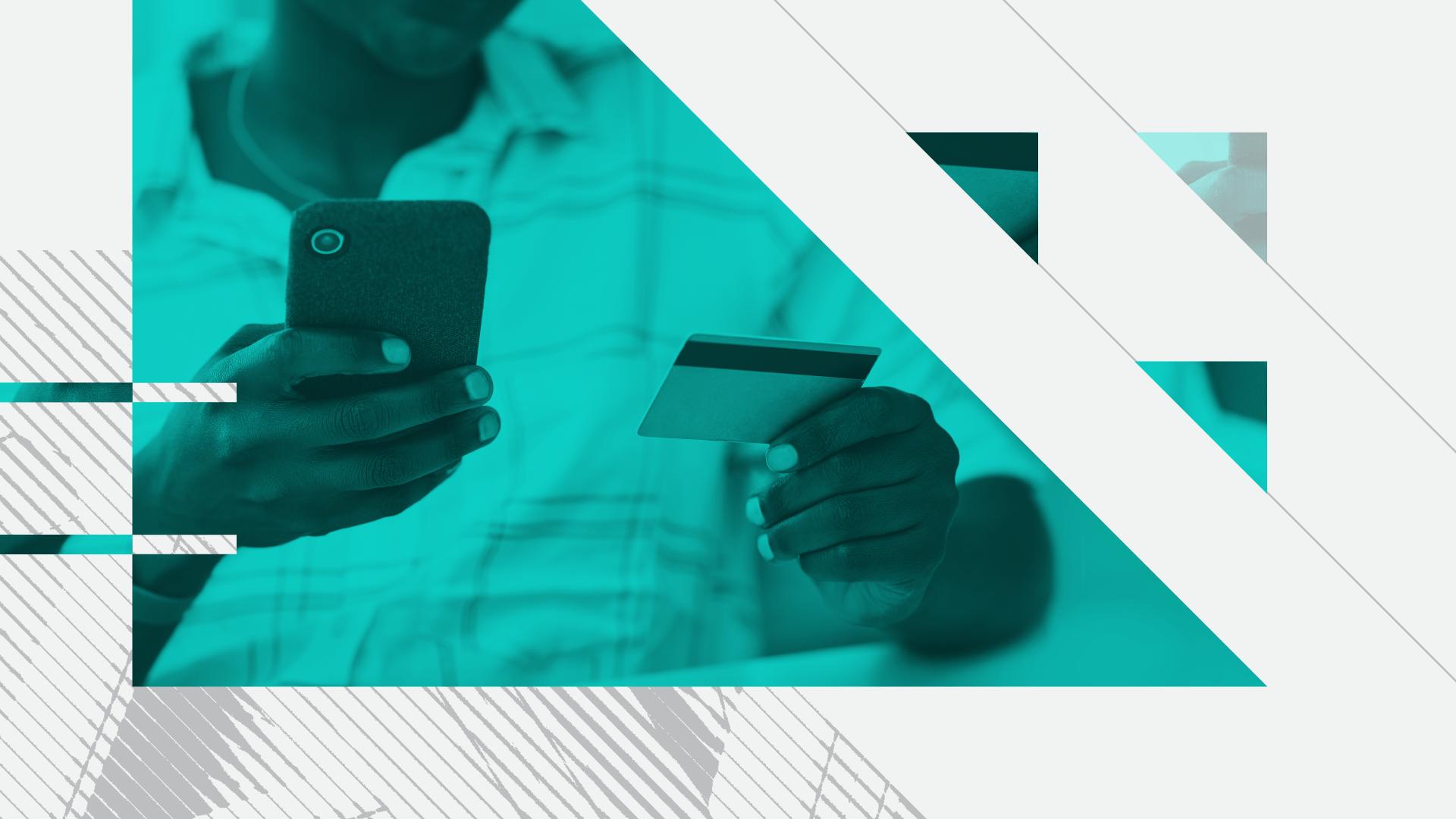Mobile Payment Users Are Ready to Embrace Frictionless Retail Payments

Retailers expanding into frictionless payment offerings and “buy now, pay later” services should look to young consumers and mobile wallet users, who are more likely to adopt new payment types. In addition, mobile wallet users are more likely to use loyalty program apps, which can serve as a conduit for customers to try embedded payments and can lead to stickier customers.
The rise of “buy now, pay later” (BNPL) services and embedded payments for purchases means retail payments are becoming increasingly frictionless. Transactions that don’t require swiping a card or auto-filling a form, like “just walk out” checkout or storing payment information in social media accounts, lead to higher-value sales for retailers by reducing the reasons consumers abandon their carts. The challenge for retailers is in prioritizing investments in BNPL partnerships, embedded payments and “just walk out” technology.
Currently, 42 percent of consumers have used mobile wallet payments, but far fewer are using more frictionless payments like social checkout. The good news is that mobile wallets often serve as the first stepping stone for consumers to embrace more novel payment types.
Retailers not currently investing in BNPL are missing out on a significant opportunity: 37 percent of U.S. adults said flexible payment options like BNPL are important in choosing where they shop. That number rises to 41 percent for those shopping online, where most customers are introduced to BNPL, and to 51 percent for millennials, the generation most likely to use these services. Flexible payment options are still new and have a lot of room to grow.
Mobile wallet users will be the first movers toward BNPL and embedded payments
Getting customers accustomed to new frictionless payment methods will take time, but online shoppers and younger consumers are primed for this, as they’re already much more likely to have adopted mobile payments.
Consumers who use mobile wallets are more than twice as likely as non-users to say flexible payment options like BNPL are important to them when choosing where to shop (54 percent versus 26 percent). Retailers not yet offering BNPL can use digital wallet payment activity as a proxy measure for customer interest in BNPL, as higher mobile payment activity signals an interest in more flexible and frictionless payments. Apparel and accessories, personal electronics, and home furnishings currently lead BNPL usage, so retailers in these categories that aren’t currently offering flexible and embedded payments should take note.
Mobile wallet users are also more likely than non-users to say loyalty programs are important differentiators in where to shop (71 percent versus 66 percent). Loyalty programs provide a compelling reason for customers to download retailers’ apps, which often support embedded payments for digital and in-store purchases.
Retailers can bring consumers along on the journey toward frictionless payments by nudging mobile wallet users toward loyalty apps and BNPL offerings, leading to higher-value sales.